Pic of rose in San Rafael, CA in 1880s
jacqueline9CA
11 years ago
Related Stories

BEFORE AND AFTERSHouzz Tour: A San Diego Townhouse Gets a Bright Update
Savvy shopping and warm bamboo accents help California architects give their home a fresh, high-end feel
Full Story
WINTER GARDENINGPruning Secrets for Exquisite Roses
Encourage gorgeous blooms year after year with this time-tested advice on how to prune your rosebush in winter for health and shape
Full Story
DESIGNER SHOWCASESSan Francisco Decorator Showcase: Happy Days Are Here Again
Creative ideas, bold colors and inventive materials abound under one (very large) roof
Full Story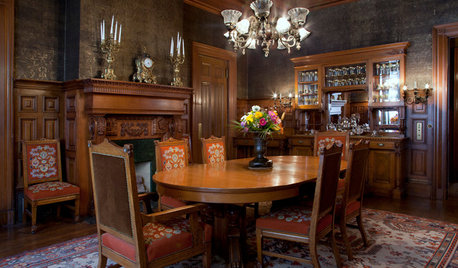
VICTORIAN DESIGNHouzz Tour: San Francisco’s Haas-Lilienthal House
Get a rare behind-the-scenes glimpse of this storied Victorian mansion from its decade-long caretaker
Full Story
COLOR8 Pink and Purple Rooms Sans Sugar Shock
Little-girl dreams find grown-up expression in rooms that work pink and purple into chic and sophisticated palettes
Full Story
HOUZZ TOURSHouzz Tour: San Juan Islands Retreat
Rest Up, Relax and Write at This Remote Northwest Home
Full Story
GARDENING GUIDESWhat Kind of Roses Should You Grow?
Want to add the beauty of roses to your garden? Find out which ones, from old-fashioned to modern, are right for you
Full Story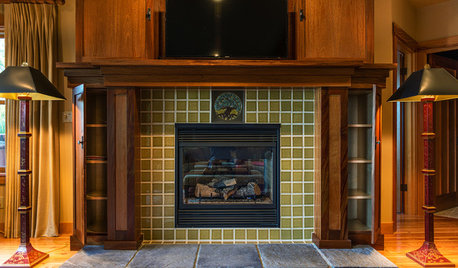
ACCESSORIESDesigns Worth Discovering: Rookwood Pottery Tile
Get to know the company that put American ceramics on the map in the 1880s to see why its tiles are newly popular today
Full Story
PETSHouzz Call: Looking for Dogs in Design
Share a Pic of Your Pet, and He or She Could Star on Our Homepage
Full Story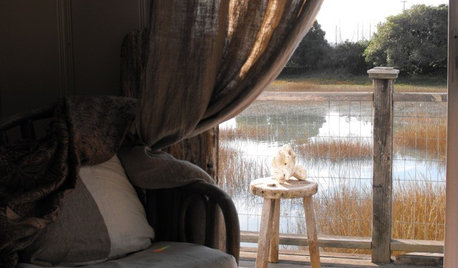
HOUZZ TOURSHouzz Tour: Creative Cabin on The Water
San Francisco Bay Area Home is Filled With Found and Handmade Treasures
Full Story





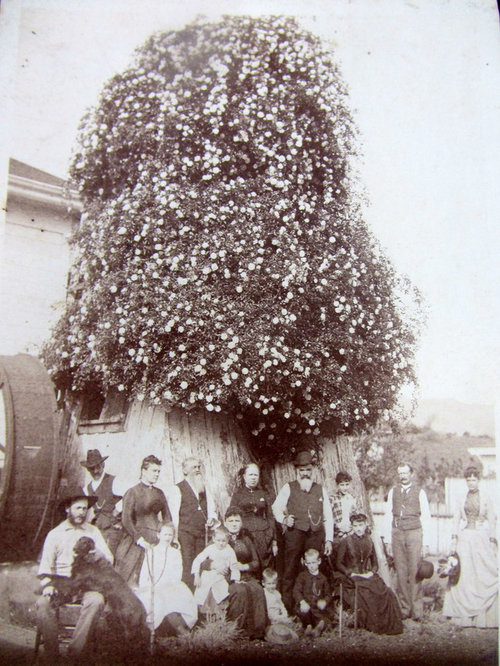


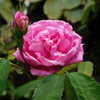

nanadollZ7 SWIdaho
jaxondel
Related Professionals
Owings Mills Landscape Architects & Landscape Designers · Sahuarita Landscape Architects & Landscape Designers · Bedford Landscape Contractors · Canby Landscape Contractors · Fort Wayne Landscape Contractors · Galveston Landscape Contractors · Inglewood Landscape Contractors · Post Falls Landscape Contractors · Rockville Landscape Contractors · San Carlos Park Landscape Contractors · Wentzville Landscape Contractors · Maple Heights Landscape Contractors · Suisun City Landscape Contractors · Placentia Swimming Pool Builders · Silver Spring Siding & Exteriorsjacqueline9CAOriginal Author
nanadollZ7 SWIdaho
jerijen
roseseek
jacqueline9CAOriginal Author
catspa_NoCA_Z9_Sunset14
fogrose
jacqueline9CAOriginal Author
jerijen
catspa_NoCA_Z9_Sunset14
jerijen
jacqueline9CAOriginal Author
mendocino_rose
jardineratx
JessicaBe
jacqueline9CAOriginal Author
malcolm_manners
JessicaBe
jerijen
jacqueline9CAOriginal Author
jerijen
roseseek
jerijen
jackie_o
jerijen
organic_tosca
g-in-fl
jerijen
malcolm_manners